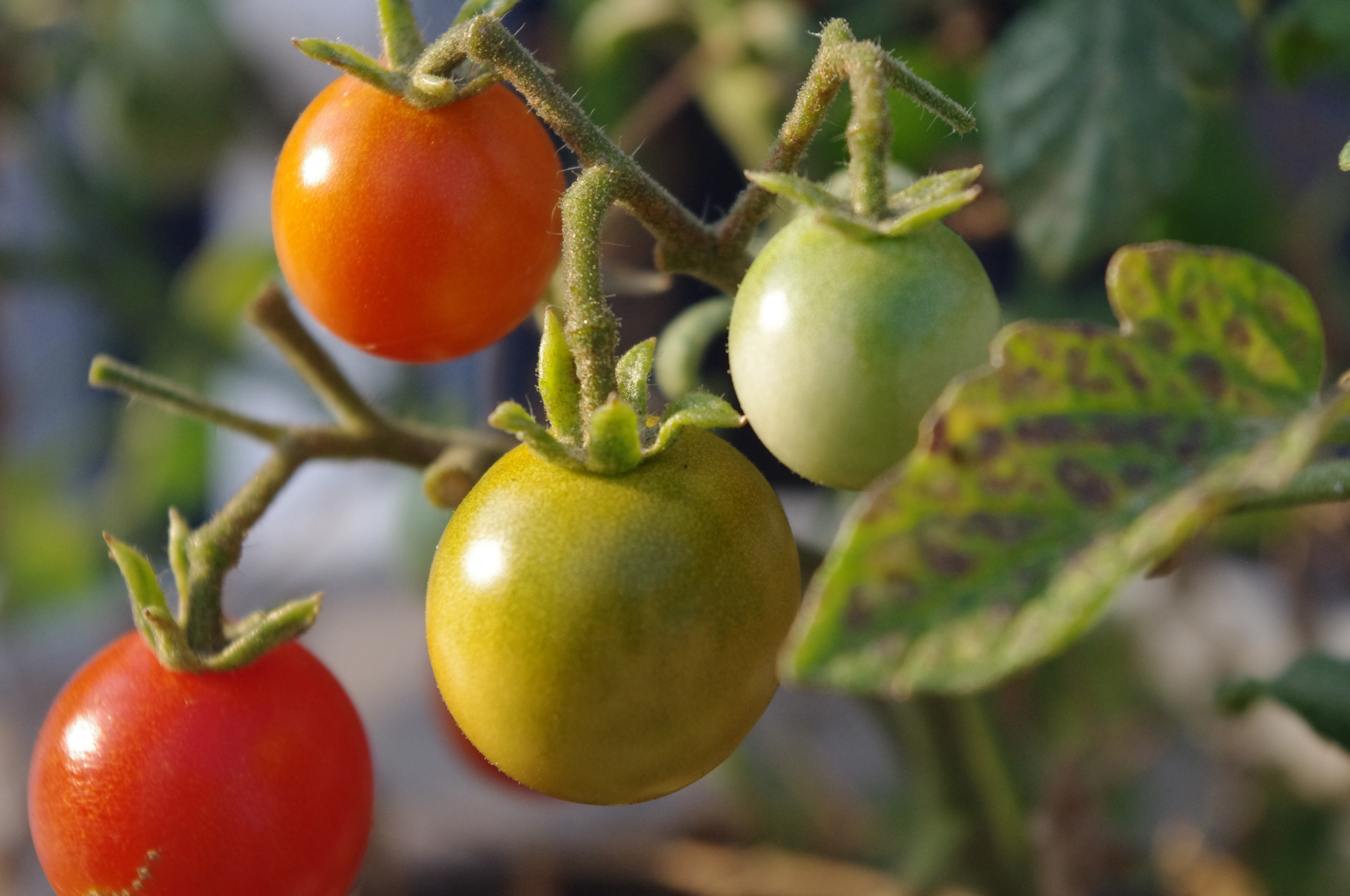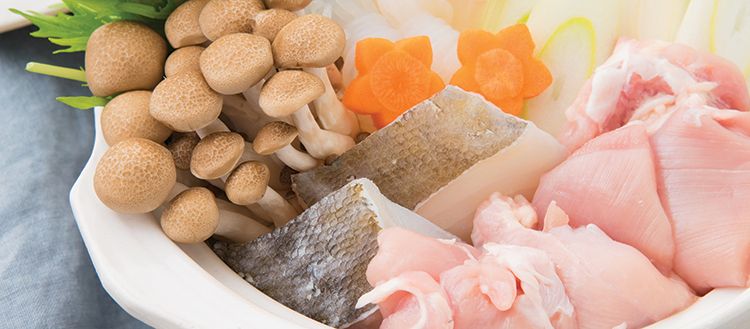Story and Photos by Char Vandermeer
Summer’s tapped. It’s over. Done. With any luck, crisp, cool autumn nights are working wonders on the radishes, kale, Swiss chard and brassicas that have taken over your garden. (If you haven’t planted your greens and radishes yet, put this magazine down and run to the greenhouse. Immediately. Buy some starts. Buy some radish seeds. Plant them. I promise you, growing kale and Swiss chard throughout November and December are sure-fire ways to stave off seasonal affective disorder.) But easy, satisfying, fall gardening isn’t all you need to be thinking about in October. Let’s talk vegetable rescue.
If the late-summer doldrums hit you as hard as they do me, by the time October rolls around you’ve got some sad, straggly tomatoes and peppers hanging onto their wispy vines and forlorn branches. Still, the idea of pitching these plants seems positively sacrilegious.
Before yanking those tired tomato and pepper plants out of the ground, take a close look at what remains. If they’re decent-sized, healthy-looking and disease-free, all’s not lost. You’ve worked hard for those green globes, so there’s no need to surrender them to the hoary frosts of October and suffer through a series of sad fried green tomato and stuffed green pepper dinners.
Believe it or not, with a little patience and a ripening banana, immature tomatoes and peppers can ripen off the vine nearly as well as they do on the vine. Sure, you’ll sacrifice some texture and sweetness, but it’s better than tossing, frying or stuffing them, and a less-than-ideal homegrown tomato beats a supermarket tomato any day. For a couple dozen green tomatoes and peppers, take a cardboard box and line it with newspaper. If you have only a few of the unripened vegetables, a paper bag will do just as well.
Carefully remove the stems from the healthy tomatoes, and brush off any debris that could bruise, decay or pierce the skin. Gently place the produce in the bag or box; a single layer works best, as it encourages air circulation and reduces the risk of bruising. Then, add a ripening, just-barely-yellow banana. As the banana ripens, it will release ethylene, a naturally occurring gas that will speed up the ripening process. Stow your box or bag in a dark, climate-controlled closet or cupboard (tomatoes will ripen best when temperatures are between 65 and 75 degrees), and check on them every few days. If you see something moldy or funky, get rid of it—it’s not going to improve with age. Within a week or two, you’ll have a bunch of home-grown, home-ripened tomatoes and peppers to enjoy.
char vandermeer tends a container garden on her South Philly roof deck; she chronicles the triumphs and travails at plantsondeck.com




